Halloween Is A Perfect Night
Atmosphere And Emotion Tradition And Storytelling
Halloween is the ideal night to watch movies because it blends seasonal ambiance, cultural rituals, and emotional resonance into a cinematic experience unlike any other. The crisp air, early twilight, and festive energy create a natural stage for storytelling. Whether you’re drawn to horror, fantasy, or family-friendly tales, Halloween enhances the emotional and sensory impact of film.
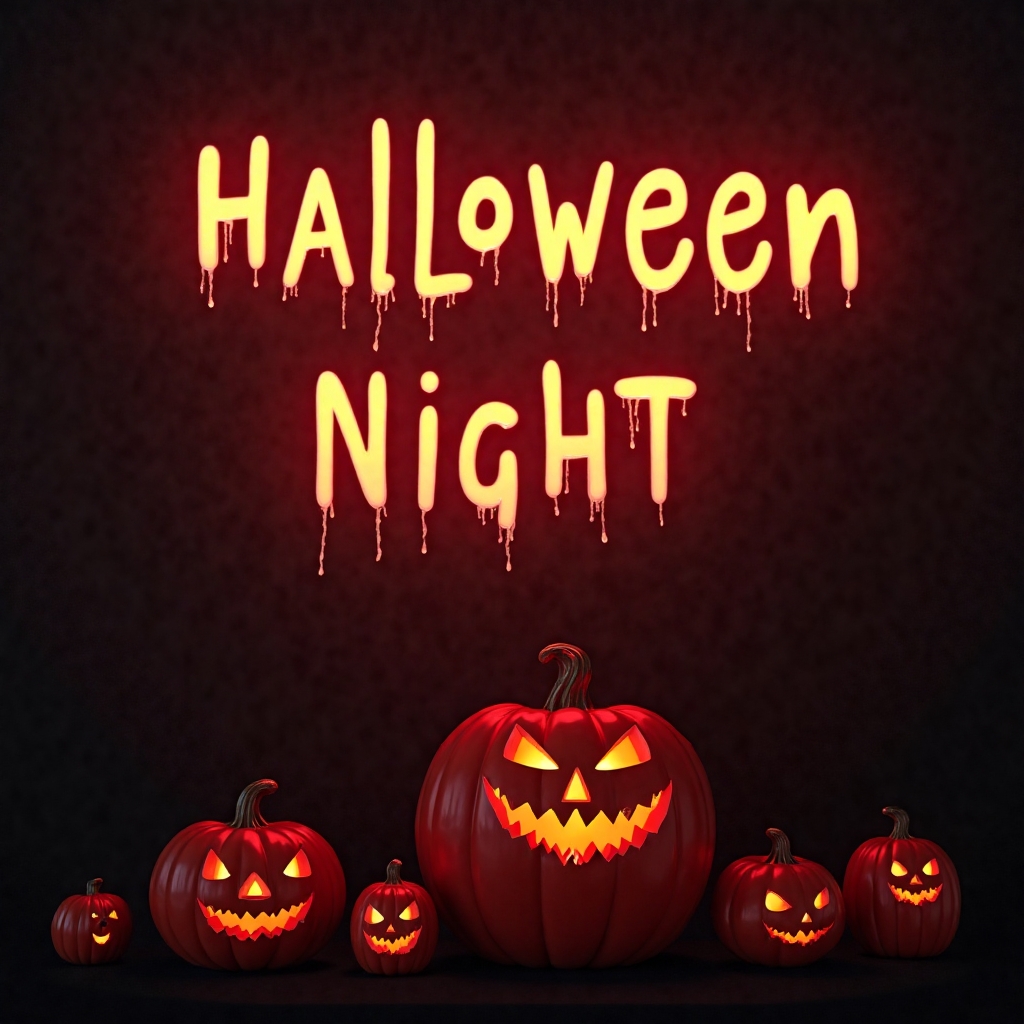
Autumn Creates A Cinematic Mood
Nature’s Palette And Emotional Tone
The visual and sensory qualities of autumn heighten the emotional impact of films watched on Halloween night. Golden light, rustling leaves, and early twilight create a natural ambiance that complements horror, fantasy, and suspense genres. This seasonal backdrop makes indoor viewing feel cozy yet thrilling, as the contrast between warmth and chill mirrors the tension in many Halloween narratives. The interplay of shadow and light in both nature and film deepens the viewer’s engagement. Autumn’s melancholy beauty also aligns with themes of mortality and change, central to many Halloween stories. The season’s quietness amplifies sound design and atmospheric tension. Even family films benefit from this mood, as whimsical elements feel more magical against the fall setting. The natural world becomes a silent participant in the storytelling. Halloween night, in particular, intensifies this effect with its cultural associations. The result is a viewing experience that feels both intimate and expansive.
| Element | Autumn Impact On Viewing |
|---|---|
| Lighting | Enhances shadows and mood |
| Temperature | Encourages cozy indoor rituals |
| Soundscape | Quietness amplifies tension |
| Visuals | Mirrors cinematic color palettes |
| Emotional Tone | Aligns with themes of change and mystery |
Halloween Rituals Encourage Shared Storytelling
Tradition And Togetherness
Halloween is one of the few holidays that actively encourages shared storytelling. From trick-or-treating to costume parties, the evening is built around communal experiences. Watching movies together becomes an extension of these rituals, offering a way to bond through shared emotion and suspense. Families gather for animated classics, while friends may choose slasher films or psychological thrillers. The act of watching becomes a ritual in itself, often accompanied by themed snacks, decorations, and playful commentary. This communal aspect enhances emotional resonance, as reactions are amplified by group dynamics. The tradition of Halloween marathons on television reinforces this cultural pattern. Streaming platforms now curate seasonal collections, making it easier than ever to participate. Even solo viewers feel connected through online discussions and shared viewing lists. Halloween transforms passive watching into active celebration. The night becomes a canvas for collective imagination.
| Viewing Group | Ideal Movie Type | Ritual Enhancement |
|---|---|---|
| Families | Animated or fantasy films | Costumes and themed snacks |
| Teenagers | Slasher or thrillers | Group reactions and dares |
| Adults | Psychological horror | Wine, candles, and mood |
| Solo viewers | Supernatural dramas | Online discussion threads |
Symbolism Of Masks And Identity Deepens Narrative Impact
Transformation And Hidden Selves
Halloween’s core symbolism—masks, costumes, and altered identities—aligns perfectly with cinematic themes. Films that explore duality, deception, or transformation gain added depth when viewed on a night dedicated to those very ideas. Horror films often feature masked villains, while psychological dramas delve into fractured identities. Costume comedies and fantasy adventures also benefit from this thematic overlap. Viewers are primed to accept surreal or exaggerated narratives because the holiday itself celebrates the suspension of reality. This symbolic alignment creates a richer interpretive experience. Characters who hide their true selves or undergo metamorphosis resonate more deeply. The viewer’s own costume or setting may mirror the film’s themes, creating a layered experience. Halloween encourages empathy with characters who are misunderstood or othered. The night becomes a mirror for exploring identity through fiction. This symbolic synergy elevates even simple plots into meaningful reflections.
| Symbolic Element | Film Theme Connection | Viewer Experience |
|---|---|---|
| Masks | Hidden identity, fear | Empathy and curiosity |
| Costumes | Transformation, fantasy | Immersion and playfulness |
| Shadows | Mystery, duality | Heightened suspense |
| Rituals | Repetition, tradition | Emotional resonance |
Genre Variety Makes Halloween Universally Enjoyable
From Terror To Tenderness
Halloween’s cinematic offerings span a wide spectrum of genres, making it accessible to all audiences. Classic horror films provide adrenaline and catharsis, while animated features offer warmth and whimsy. Psychological thrillers challenge the mind, and supernatural dramas evoke wonder. Comedy-horror hybrids blend fear with laughter, appealing to those who prefer lighter fare. This diversity ensures that Halloween movie night can be tailored to mood, age, and taste. Families might choose nostalgic favorites, while cinephiles explore obscure cult classics. Streaming services now offer curated Halloween collections, simplifying the selection process. The genre mix reflects the holiday’s own dual nature—both playful and macabre. Viewers can shift tone throughout the evening, creating a dynamic experience. Halloween supports both escapism and introspection. The night becomes a showcase for storytelling in all its forms. Genre fluidity makes Halloween uniquely cinematic.
| Genre | Emotional Tone | Popular Titles |
|---|---|---|
| Classic Horror | Fear, suspense | Halloween, The Shining |
| Animated Fantasy | Whimsy, warmth | Coraline, Hocus Pocus |
| Psychological Thriller | Tension, mystery | Get Out, The Others |
| Comedy Horror | Humor, surprise | Beetlejuice, Ghostbusters |
| Supernatural Drama | Wonder, melancholy | The Sixth Sense, Practical Magic |
Symbolism And Suspense Fantasy And Fear
Suspense Thrives In Halloween’s Psychological Landscape
Anticipation And Emotional Release
Halloween primes viewers for suspense, making it the perfect night for thrillers and horror films. The cultural expectation of fear and surprise creates a psychological readiness for tension. Viewers are more receptive to slow builds, eerie silences, and sudden twists. The anticipation of being scared becomes part of the enjoyment. Films that rely on psychological manipulation or atmospheric dread are especially effective. The viewer’s heightened sensitivity amplifies every sound, shadow, and glance. Even familiar tropes feel fresh when watched in the context of Halloween. The emotional release that follows a scare is more satisfying when shared. This dynamic makes suspense films more immersive and memorable. Halloween becomes a stage for emotional catharsis through cinematic tension.
| Suspense Element | Halloween Amplification | Viewer Reaction |
|---|---|---|
| Slow build tension | Heightened anticipation | Increased engagement |
| Jump scares | Expected but thrilling | Emotional release |
| Psychological twists | Symbolic resonance | Deeper interpretation |
| Eerie sound design | Amplified by quiet night | Heightened sensitivity |
Fantasy Films Gain Magic From Seasonal Context
Wonder And Whimsy
Halloween enhances the impact of fantasy films by aligning with themes of magic, transformation, and the supernatural. The holiday’s embrace of the mystical makes viewers more open to imaginative storytelling. Films featuring witches, enchanted worlds, or mythical creatures feel more grounded in the Halloween setting. The viewer’s own costume or decor may reflect the film’s themes, creating a layered experience. Fantasy narratives that explore personal growth or moral lessons resonate more deeply. The suspension of disbelief is easier when the world outside already feels enchanted. Halloween supports both lighthearted and serious fantasy, offering emotional range. Animated features gain warmth and charm, while darker tales evoke awe. The night becomes a portal to other worlds. Fantasy films thrive when watched in a season that celebrates the extraordinary.
| Fantasy Theme | Halloween Connection | Viewer Experience |
|---|---|---|
| Magic and spells | Cultural alignment | Immersive and playful |
| Transformation | Costume symbolism | Emotional depth |
| Mythical creatures | Seasonal acceptance | Wonder and curiosity |
| Enchanted settings | Visual harmony | Enhanced atmosphere |
Horror Films Reach Peak Impact On Halloween
Fear And Catharsis
Horror films are synonymous with Halloween, and the night elevates their emotional and psychological impact. The cultural permission to explore fear makes viewers more receptive to disturbing imagery and themes. Films that explore mortality, isolation, or the unknown gain added weight. The viewer’s environment—dim lighting, eerie sounds, and festive decor—enhances immersion. Horror becomes a ritual, offering catharsis through confrontation with fear. Classic monsters and modern terrors alike feel more potent. The genre’s symbolic depth—often tied to societal anxieties—resonates more clearly. Halloween allows viewers to process fear in a controlled, communal setting. The emotional release is both personal and collective. Horror films become a mirror for exploring vulnerability and resilience.
| Horror Element | Halloween Enhancement | Viewer Impact |
|---|---|---|
| Monsters and villains | Cultural familiarity | Recognition and fear |
| Isolation themes | Seasonal introspection | Emotional resonance |
| Gore and shock | Ritualized acceptance | Cathartic release |
| Supernatural horror | Symbolic alignment | Deeper interpretation |
Family Films Build Nostalgia And Connection
Warmth And Whimsy
Halloween is not just for scares—it’s also a time for warmth, nostalgia, and family bonding. Animated films and lighthearted adventures offer comfort and joy. These stories often feature themes of friendship, courage, and imagination. Watching them together becomes a ritual that builds lasting memories. The seasonal setting enhances the magic of these narratives. Children’s costumes and decorations mirror the film’s visuals, creating a playful feedback loop. Parents share beloved classics with new generations. Streaming platforms offer curated family-friendly collections. The emotional tone is gentle but meaningful. Halloween supports storytelling that affirms connection and creativity. Family films become a celebration of togetherness.
| Family Film Feature | Halloween Benefit | Viewer Experience |
|---|---|---|
| Animated visuals | Seasonal charm | Delight and engagement |
| Friendship themes | Emotional resonance | Warmth and bonding |
| Whimsical tone | Cultural alignment | Playful immersion |
| Nostalgic classics | Tradition reinforcement | Intergenerational sharing |
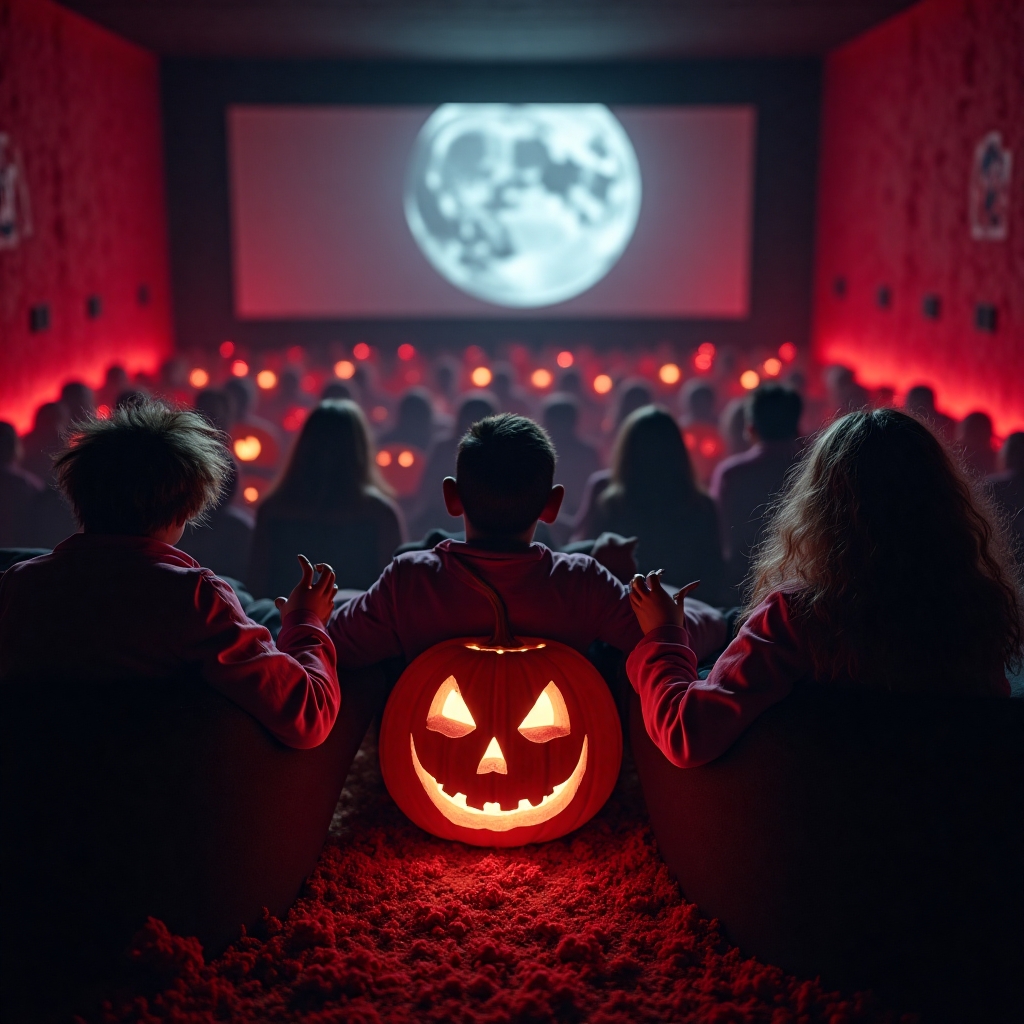
Halloween Night Encourages Thematic Marathons
Curated Viewing And Emotional Flow
Halloween supports extended viewing experiences, allowing for thematic marathons that explore different emotional tones. Viewers might begin with lighthearted films and progress to darker narratives. This emotional arc mirrors the structure of a good story—beginning, tension, climax, and resolution. Streaming services and television networks often offer curated playlists. These marathons build traditions and become rituals, complete with the atmosphere to go with it from snacks, costumes, and commentary. Thematic grouping enhances interpretation and emotional impact. The progression builds anticipation and satisfaction. Halloween becomes a cinematic journey. Marathons offer depth, variety, and emotional rhythm.
| Marathon Theme | Suggested Progression | Emotional Arc |
|---|---|---|
| Haunted houses | Light to intense | Curiosity to fear |
| Witchcraft | Whimsy to darkness | Wonder to awe |
| Monsters | Classic to modern | Nostalgia to shock |
| Psychological horror | Subtle to surreal | Unease to catharsis |
Classic Films Gain New Life On Halloween
Nostalgia And Reinterpretation
Halloween offers a unique opportunity to revisit classic films with fresh emotional context. Stories that once felt familiar take on new meaning when viewed through the lens of seasonal symbolism. The eerie quiet of the night, the flicker of candlelight, and the presence of costumes all contribute to a heightened sense of immersion. Viewers may notice details they missed before—subtle performances, symbolic imagery, or thematic depth. The ritual of rewatching becomes a form of cultural preservation. Films like “Halloween,” “The Exorcist,” or “Hocus Pocus” are not just entertainment—they’re part of the holiday’s emotional architecture. Their legacy is reinforced through repetition and reinterpretation. New viewers discover them for the first time, while longtime fans deepen their appreciation. Halloween becomes a bridge between generations of storytelling. The classics feel alive, relevant, and emotionally charged.
| Classic Title | Emotional Tone | Halloween Relevance |
|---|---|---|
| Halloween | Suspense, dread | Iconic seasonal setting |
| Hocus Pocus | Whimsy, nostalgia | Family-friendly magic |
| The Exorcist | Terror, symbolism | Religious and psychological depth |
| Beetlejuice | Humor, surrealism | Playful take on the afterlife |
Modern Films Reflect Contemporary Fears
Relevance And Resonance
Contemporary horror and thriller films often explore societal anxieties, making them especially potent on Halloween. Themes like surveillance, isolation, and identity resonate more deeply in a season that celebrates the unknown. Films such as “Get Out,” “Hereditary,” or “The Babadook” use horror as a lens for psychological and cultural critique. Halloween amplifies their emotional impact by aligning with their symbolic content. Viewers are more open to introspection and discomfort. The night encourages engagement with difficult themes in a safe, ritualized context. Modern films also experiment with genre boundaries, blending horror with drama, comedy, or fantasy. This innovation keeps the Halloween viewing experience fresh and unpredictable. The emotional resonance is sharper, the symbolism more layered. Halloween becomes a platform for cinematic evolution. New fears find expression through new forms.
| Modern Title | Core Theme | Halloween Amplification |
|---|---|---|
| Get Out | Identity, racism | Symbolic depth and tension |
| Hereditary | Family trauma | Ritual and dread |
| The Babadook | Grief, motherhood | Psychological horror |
| Midsommar | Ritual, isolation | Contrast with Halloween night |
Halloween Supports Emotional Range In Storytelling
From Joy To Dread
Halloween is not limited to fear—it supports a full spectrum of emotional experiences. Films that evoke joy, melancholy, curiosity, or awe all find a place in the Halloween canon. The season’s symbolic richness allows for layered storytelling. A film like “Coraline” can be both whimsical and unsettling. “Edward Scissorhands” blends romance with isolation. These emotional hybrids resonate more deeply on Halloween, when viewers are primed for complexity. The holiday encourages emotional openness. Viewers may cry, laugh, or reflect more freely. The emotional range makes Halloween cinematic experiences more memorable and meaningful. Stories linger beyond the screen. Halloween becomes a night of emotional exploration through film.
| Film Title | Emotional Blend | Halloween Fit |
|---|---|---|
| Coraline | Whimsy and fear | Visual and thematic alignment |
| Edward Scissorhands | Romance and isolation | Symbolic depth |
| Coco | Grief and celebration | Cultural resonance |
| Monster House | Humor and suspense | Playful horror |
Environmental Design Enhances Viewing Rituals
Space And Sensory Detail
The physical environment on Halloween night plays a crucial role in enhancing the movie-watching experience. Dim lighting, candles, blankets, and themed decor create a sensory-rich setting. The viewer’s space becomes part of the narrative. Sound design feels sharper in quiet rooms. Visuals pop against dark backgrounds. Even snacks and scents contribute to immersion—popcorn, cinnamon, or pumpkin evoke seasonal comfort. The environment supports emotional engagement and thematic alignment. Viewers feel more connected to the story. Halloween encourages intentional design of viewing spaces. The ritual becomes multisensory. The home transforms into a theater of emotion and imagination.
| Environmental Element | Sensory Impact | Narrative Enhancement |
|---|---|---|
| Lighting | Mood and shadow | Amplifies suspense |
| Scent | Seasonal comfort | Emotional grounding |
| Soundscape | Quiet and eerie | Heightens tension |
| Decor | Visual alignment | Immersive storytelling |
Halloween Encourages Creative Participation
Engagement And Expression
Watching movies on Halloween is not a passive activity—it invites creative participation. Viewers dress as characters, decorate their spaces, and curate playlists. The act of watching becomes performative. This engagement deepens emotional investment. Fans may quote lines, reenact scenes, or share reactions online. The boundary between viewer and story blurs. Halloween supports this fusion of fiction and reality. Creative participation turns film into ritual. The viewer becomes part of the narrative. This dynamic enhances memory and meaning. Halloween becomes a celebration of storytelling through action and imagination.
| Participation Type | Viewer Role | Emotional Outcome |
|---|---|---|
| Costuming | Embodiment of character | Immersion and playfulness |
| Decor | Scene recreation | Visual storytelling |
| Commentary | Shared interpretation | Emotional bonding |
| Social sharing | Community engagement | Cultural connection |
Halloween Supports Exploration Of The Unknown
Mystery And Discovery
Films that explore the unknown—whether supernatural, psychological, or philosophical—are especially powerful on Halloween. The night’s cultural embrace of mystery primes viewers for curiosity and wonder. Stories that ask questions rather than give answers resonate more deeply. Films like “Donnie Darko” or “Pan’s Labyrinth” challenge perception and invite interpretation. Halloween supports ambiguity and complexity. Viewers are more willing to engage with surreal or symbolic narratives. The unknown becomes a source of fascination rather than fear. Halloween encourages intellectual and emotional exploration. Films become puzzles, mirrors, and maps. The night becomes a journey into mystery.
| Film Title | Type Of Mystery | Viewer Experience |
|---|---|---|
| Donnie Darko | Time, identity | Surreal and introspective |
| Pan’s Labyrinth | Fantasy, trauma | Symbolic and emotional |
| The Sixth Sense | Perception, grief | Reflective and shocking |
| The Witch | Folklore, isolation | Atmospheric and unsettling |
Halloween Films Often Feature Strong Visual Symbolism
Color, Shape, And Meaning
Halloween films rely heavily on visual symbolism to convey emotion and theme. The use of color—orange, black, red—creates immediate associations. Shadows, mirrors, and masks carry psychological weight. Directors use visual motifs to guide interpretation. Halloween enhances this experience by surrounding viewers with similar imagery. The home may feature pumpkins, cobwebs, or flickering lights. This alignment between screen and space deepens immersion. Viewers become more attuned to visual storytelling. Symbolism becomes a language of emotion. Halloween supports this cinematic grammar. Films feel richer, more layered, and more resonant.
| Symbolic Element | Cinematic Use | Halloween Alignment |
|---|---|---|
| Orange and black | Seasonal palette | Immediate emotional tone |
| Shadows | Mystery and fear | Environmental match |
| Masks | Identity and secrecy | Cultural symbolism |
| Mirrors | Duality and truth | Psychological resonance |
Halloween Encourages Genre Blending And Innovation
Hybrids And Experiments
Halloween is a night of creative freedom, and films reflect this through genre blending. Horror-comedies, fantasy-thrillers, and animated dramas all find space in the Halloween canon. This experimentation keeps storytelling fresh and engaging. Viewers are open to tonal shifts and narrative surprises. Films like “Cabin in the Woods” or “ParaNorman” play with expectations. Halloween supports this playfulness. The holiday itself is a hybrid—part celebration, part reflection. Genre-blending mirrors this duality. Films become more dynamic, surprising, and emotionally rich. Halloween becomes a laboratory for cinematic innovation.
| Film Title | Genre Blend | Viewer Impact |
|---|---|---|
| Cabin in the Woods | Horror and satire | Meta and thrilling |
| ParaNorman | Animation and horror | Whimsical and eerie |
| Shaun of the Dead | Comedy and zombie | Humorous and heartfelt |
| Coraline | Fantasy and suspense | Magical and unsettling |
Halloween Films Often Center On Youth And Coming Of Age
Growth And Transformation
Many Halloween films focus on young protagonists navigating fear, change, or discovery. These stories resonate with viewers of all ages. The themes of transformation and identity are central to both Halloween and adolescence. Films like “Monster House,” “E.T.,” or “Goosebumps” explore childhood through a lens of wonder and danger. Halloween supports these narratives by celebrating imagination and courage. Young viewers see themselves reflected on screen. Adults revisit formative emotions. The coming-of-age arc gains symbolic depth. Halloween becomes a celebration of growth through storytelling.
| Film Title | Youth Theme | Emotional Tone |
|---|---|---|
| Monster House | Friendship and fear | Playful and suspenseful |
| E.T. | Connection and loss | Tender and magical |
| Goosebumps | Adventure and humor | Energetic and nostalgic |
| Coraline | Independence and danger | Whimsical and eerie |
Halloween Films Often Feature Strong Female Leads
Empowerment And Complexity
Halloween films frequently center on complex female characters—witches, survivors, seekers, and rebels. These roles challenge stereotypes and offer emotional depth. Films like “The Craft,” “Practical Magic,” or “Hereditary” explore power, trauma, and transformation. Halloween supports these narratives by celebrating the mystical and the misunderstood. Female leads become symbols of resilience and insight. Their stories resonate across genres. Halloween becomes a platform for emotional and symbolic empowerment. Viewers engage with layered portrayals of strength and vulnerability.
| Film Title | Female Lead Theme | Symbolic Role |
|---|---|---|
| The Craft | Power and identity | Rebellion and transformation |
| Practical Magic | Family and magic | Connection and healing |
| Hereditary | Trauma and legacy | Emotional depth |
| The Witch | Isolation and choice | Symbolic awakening |
Halloween Films Often Use Humor To Balance Darkness
Laughter And Light
Humor plays a vital role in Halloween storytelling, offering relief and contrast. Comedy-horror films use laughter to disarm fear. Animated features use whimsy to soften suspense. This tonal balance makes Halloween films accessible and emotionally dynamic. Viewers experience a full range of feelings. Films like “Ghostbusters,” “Beetlejuice,” or “Young Frankenstein” blend absurdity with atmosphere. Halloween supports this blend. The holiday itself is playful and theatrical. Humor becomes a tool for emotional resilience. Halloween becomes a celebration of joy within darkness.
| Film Title | Humor Style | Emotional Effect |
|---|---|---|
| Ghostbusters | Slapstick and satire | Lightness and charm |
| Beetlejuice | Surreal and witty | Playful and eerie |
| Young Frankenstein | Parody and homage | Nostalgia and laughter |
| Hocus Pocus | Whimsy and mischief | Family-friendly fun |
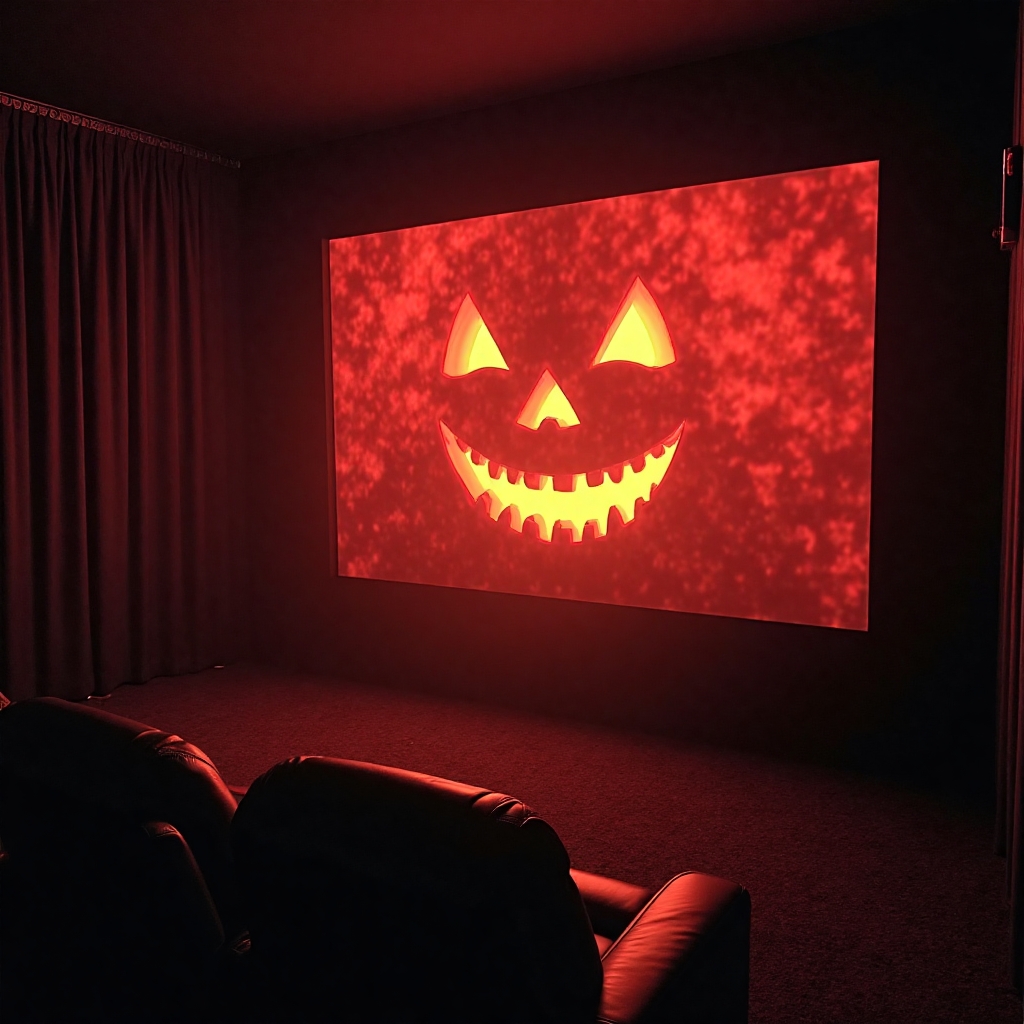
Halloween Films Often Explore Community And Belonging
Connection And Identity
Many Halloween films focus on characters seeking connection—whether through friendship, family, or shared experience. These narratives resonate with the communal nature of the holiday. Films like “Casper,” “The Addams Family,” or “ParaNorman” celebrate difference and acceptance. Halloween supports these themes by encouraging play, imagination, and empathy. Viewers see themselves in outsiders and misfits. The emotional tone is inclusive and affirming. Halloween becomes a celebration of belonging through storytelling.
| Film Title | Community Theme | Emotional Message |
|---|---|---|
| Casper | Friendship and loss | Tender and hopeful |
| The Addams Family | Identity and pride | Playful and affirming |
| ParaNorman | Misunderstanding and courage | Whimsical and emotional |
| Monster House | Teamwork and bravery | Energetic and heartfelt |
Halloween Films Often Feature Iconic Soundtracks
Music And Mood
Sound design and music play a critical role in Halloween films. Iconic scores create emotional tone and cultural memory. The eerie synth of “Halloween,” the whimsical orchestration of “Hocus Pocus,” or the gothic flair of “Beetlejuice” all contribute to immersion. Halloween supports this auditory experience. Quiet environments make sound more impactful. Viewers become attuned to musical cues. Soundtracks become part of the ritual. Halloween becomes a symphony of emotion and atmosphere.
| Film Title | Soundtrack Style | Emotional Impact |
|---|---|---|
| Halloween | Minimalist and eerie | Tension and dread |
| Hocus Pocus | Magical and playful | Whimsy and charm |
| Beetlejuice | Gothic and surreal | Humor and mystery |
| The Nightmare Before Christmas | Musical and thematic | Joy and melancholy |
Halloween Films Often Explore Legacy And Generational Memory
Stories Passed Down
Halloween supports storytelling that spans generations. Films often explore themes of inheritance, tradition, and memory. Stories like “Coco,” “The Addams Family,” or “Casper” connect characters across time. Viewers engage with narratives that honor the past while embracing the present. Halloween rituals mirror this structure—costumes, decorations, and films are passed down and reinterpreted. The emotional tone is nostalgic but forward-looking. Families share films that shaped their own childhoods. New viewers discover old favorites. Halloween becomes a bridge between generations. Films offer continuity and renewal. The night celebrates legacy through cinematic memory.
| Film Title | Generational Theme | Emotional Tone |
|---|---|---|
| Coco | Family and remembrance | Joyful and reflective |
| The Addams Family | Identity and tradition | Playful and affirming |
| Casper | Friendship and loss | Tender and hopeful |
| Monster House | Youth and bravery | Energetic and heartfelt |
Halloween Films Often Feature Symbolic Architecture
Spaces That Reflect Emotion
Many Halloween films use architecture—houses, forests, schools—as symbolic environments. Haunted houses represent memory, fear, or isolation. Forests evoke mystery and transformation. These spaces become characters in their own right. Halloween supports this symbolism through real-world decor and seasonal ambiance. Viewers feel immersed in the film’s emotional geography. Stories like “Monster House,” “The Haunting,” or “Sleepy Hollow” use space to guide emotion. The viewer’s own home may mirror the film’s setting. Architecture becomes a tool for storytelling. Halloween becomes a night of emotional mapping through space.
| Film Title | Symbolic Space | Emotional Function |
|---|---|---|
| Monster House | Haunted home | Fear and friendship |
| The Haunting | Gothic mansion | Isolation and dread |
| Sleepy Hollow | Forest and village | Mystery and folklore |
| Coraline | Parallel house | Identity and transformation |
Halloween Films Often Use Time As A Narrative Device
Cycles And Clocks
Time plays a crucial role in Halloween storytelling. Films often use countdowns, anniversaries, or seasonal cycles to build tension. The ticking clock adds urgency and emotional weight. Halloween supports this structure through its own annual rhythm. Viewers anticipate the night all year. Stories like “Halloween,” “Donnie Darko,” or “The Nightmare Before Christmas” use time to explore fate, change, and ritual. The viewer becomes part of the cycle. Halloween becomes a temporal framework for storytelling. Films feel more urgent, more meaningful. Time becomes a character.
| Film Title | Time Device | Narrative Impact |
|---|---|---|
| Halloween | Anniversary and countdown | Suspense and ritual |
| Donnie Darko | Time travel and fate | Surreal and introspective |
| The Nightmare Before Christmas | Seasonal cycle | Joy and transformation |
| Coraline | Portal timing | Mystery and urgency |
Halloween Films Often Feature Animal Symbolism
Creatures And Archetypes
Animals play symbolic roles in Halloween films—black cats, bats, spiders, and wolves evoke fear, mystery, or transformation. These creatures carry cultural meaning. Films use them to guide emotion and theme. Halloween supports this symbolism through decor and folklore. Viewers are primed to interpret animal imagery. Stories like “Coraline,” “Sleepy Hollow,” or “The Witch” use animals as emotional and narrative tools. The symbolism deepens immersion. Halloween becomes a night of archetypes and emotional resonance. Animals become metaphors for fear, freedom, or change.
| Animal Symbol | Film Use | Emotional Meaning |
|---|---|---|
| Black cat | Mystery and magic | Independence and intuition |
| Bat | Darkness and flight | Fear and freedom |
| Spider | Web and trap | Complexity and danger |
| Wolf | Transformation | Power and vulnerability |
Halloween Films Often Explore The Power Of Ritual
Repetition And Meaning
Ritual is central to Halloween and to many of its films. Stories often feature spells, ceremonies, or repeated actions that carry emotional weight. These rituals guide character growth and narrative structure. Halloween supports this through its own traditions—costumes, candy, and movie marathons. Viewers engage with repetition as a source of comfort and meaning. Films like “The Craft,” “Hereditary,” or “Practical Magic” use ritual to explore identity, trauma, or healing. The viewer becomes part of the ritual. Halloween becomes a night of emotional choreography. Ritual offers structure and depth.
| Film Title | Ritual Theme | Emotional Function |
|---|---|---|
| The Craft | Spellwork and identity | Transformation and rebellion |
| Hereditary | Ceremony and trauma | Dread and legacy |
| Practical Magic | Family and healing | Connection and empowerment |
| The Witches | Transformation | Fear and playfulness |
Halloween Films Often Use Light And Shadow As Emotional Tools
Contrast And Symbolism
Light and shadow are essential to Halloween storytelling. Films use contrast to guide emotion—bright scenes evoke safety, dark ones evoke fear. Halloween supports this through its own lighting rituals—candles, lanterns, and moonlight. Viewers become attuned to visual cues. Stories like “The Others,” “Sleepy Hollow,” or “The Witch” use shadow to explore mystery and emotion. Light becomes a symbol of truth, hope, or danger. Halloween becomes a night of visual poetry. Films feel more expressive, more symbolic. Light and shadow become emotional language.
| Visual Element | Cinematic Use | Emotional Impact |
|---|---|---|
| Candlelight | Intimacy and mystery | Warmth and suspense |
| Moonlight | Transformation | Wonder and fear |
| Darkness | Isolation and dread | Tension and introspection |
| Glowing objects | Magic and focus | Symbolic resonance |
Halloween Films Often Feature Music As A Narrative Thread
Sound And Emotion
Music is more than background—it’s a narrative thread in Halloween films. Scores guide emotion, build tension, and reinforce theme. Halloween supports this through quiet environments and cultural memory. Viewers recognize iconic themes and respond emotionally. Films like “Halloween,” “The Nightmare Before Christmas,” or “Beetlejuice” use music to create mood and meaning. Sound becomes part of the ritual. Halloween becomes a symphony of emotion. Music offers rhythm, tone, and memory.
| Film Title | Musical Style | Emotional Tone |
|---|---|---|
| Halloween | Minimalist and eerie | Suspense and dread |
| The Nightmare Before Christmas | Musical and whimsical | Joy and melancholy |
| Beetlejuice | Gothic and surreal | Humor and mystery |
| Coraline | Atmospheric and subtle | Whimsy and unease |
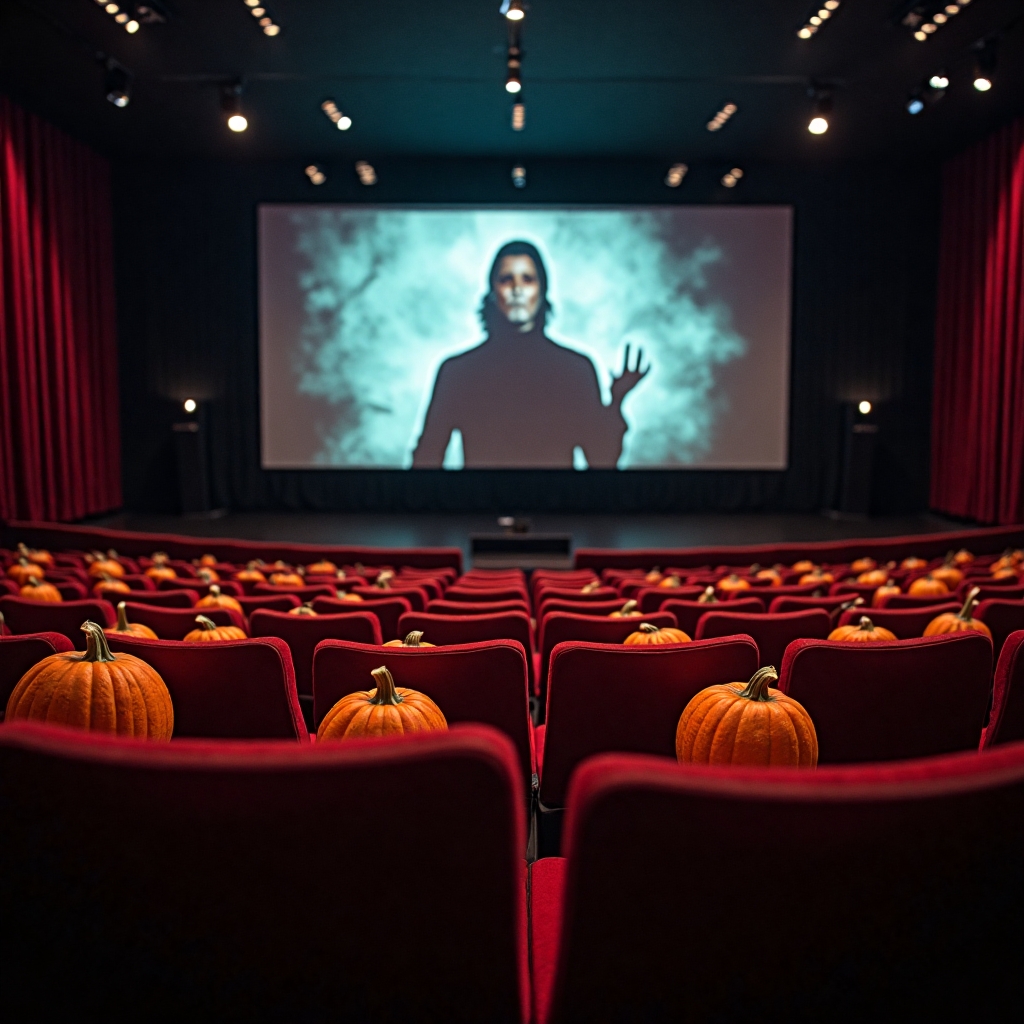
Halloween Films Often Use Humor To Explore Fear
Laughter And Insight
Humor is a powerful tool in Halloween storytelling. Comedy disarms fear and invites reflection. Films use absurdity, satire, or playfulness to explore dark themes. Halloween supports this tonal blend. The holiday itself is theatrical and mischievous. Viewers are open to emotional shifts. Stories like “Shaun of the Dead,” “Ghostbusters,” or “Young Frankenstein” use humor to deepen engagement. Laughter becomes a form of resilience. Halloween becomes a celebration of emotional complexity. Humor offers insight and connection.
| Film Title | Humor Style | Emotional Function |
|---|---|---|
| Shaun of the Dead | Satire and heart | Humor and empathy |
| Ghostbusters | Slapstick and charm | Lightness and adventure |
| Young Frankenstein | Parody and homage | Nostalgia and laughter |
| Hocus Pocus | Mischief and whimsy | Family-friendly fun |
Halloween Films Often Invite Discussion And Interpretation
Conversation And Community
Halloween films are rich with symbolism, emotion, and complexity. They invite discussion—about theme, character, and meaning. Viewers share interpretations, reactions, and memories. Halloween supports this communal engagement. The holiday is social and reflective. Films become conversation starters. Stories like “Donnie Darko,” “Hereditary,” or “Coraline” spark debate and insight. Halloween becomes a night of cinematic dialogue. Interpretation deepens connection. The viewer becomes a critic, a storyteller, and a participant.
| Film Title | Discussion Theme | Viewer Engagement |
|---|---|---|
| Donnie Darko | Time and identity | Surreal and philosophical |
| Hereditary | Trauma and legacy | Emotional and symbolic |
| Coraline | Growth and danger | Whimsical and eerie |
| The Witch | Isolation and choice | Atmospheric and reflective |
Join The Discussion – What Films Define Your Halloween?
Halloween is a cinematic ritual—rich with emotion, symbolism, and tradition. Whether you seek fear, joy, mystery, or meaning, the night offers stories that resonate. Share your favorite Halloween films, your viewing rituals, and your emotional connections. What stories shape your celebration? What symbols speak to you?
#HalloweenCinema #MovieNightMagic #SymbolicStorytelling
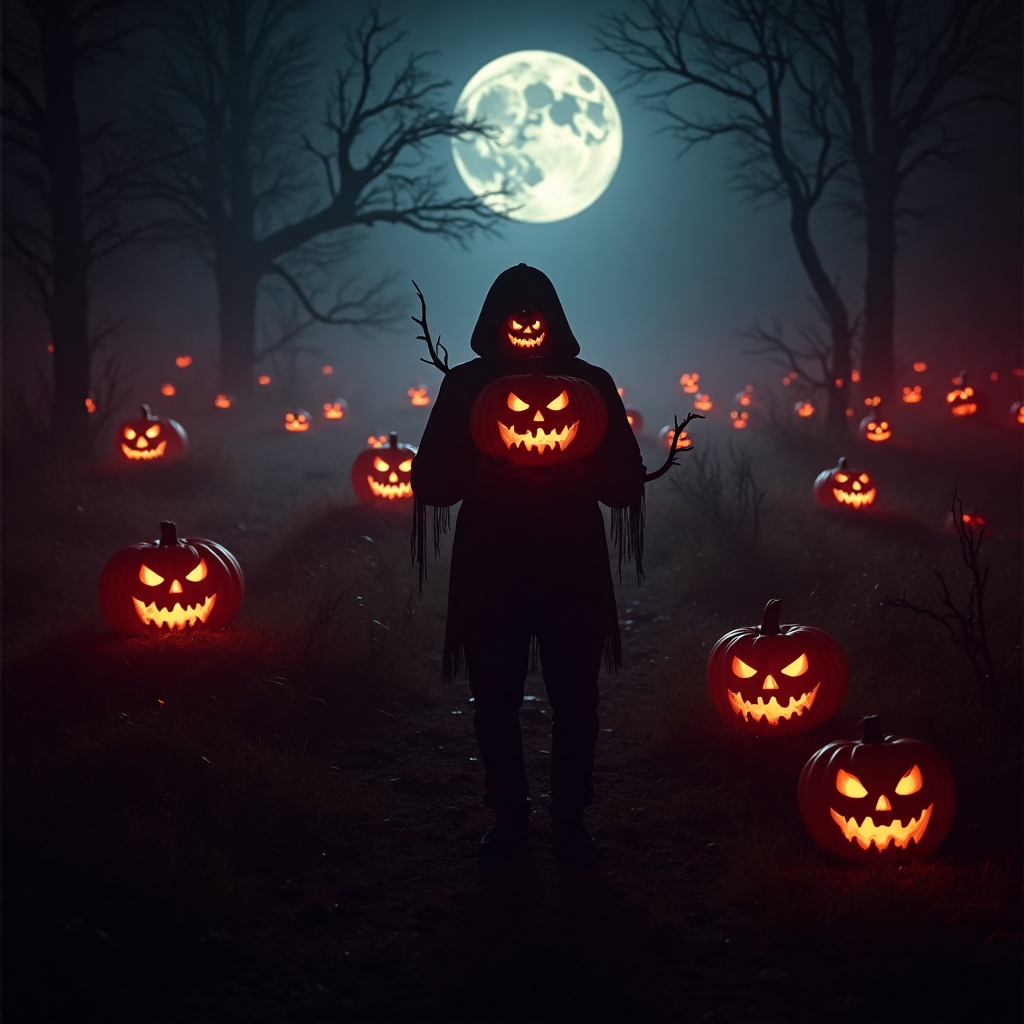
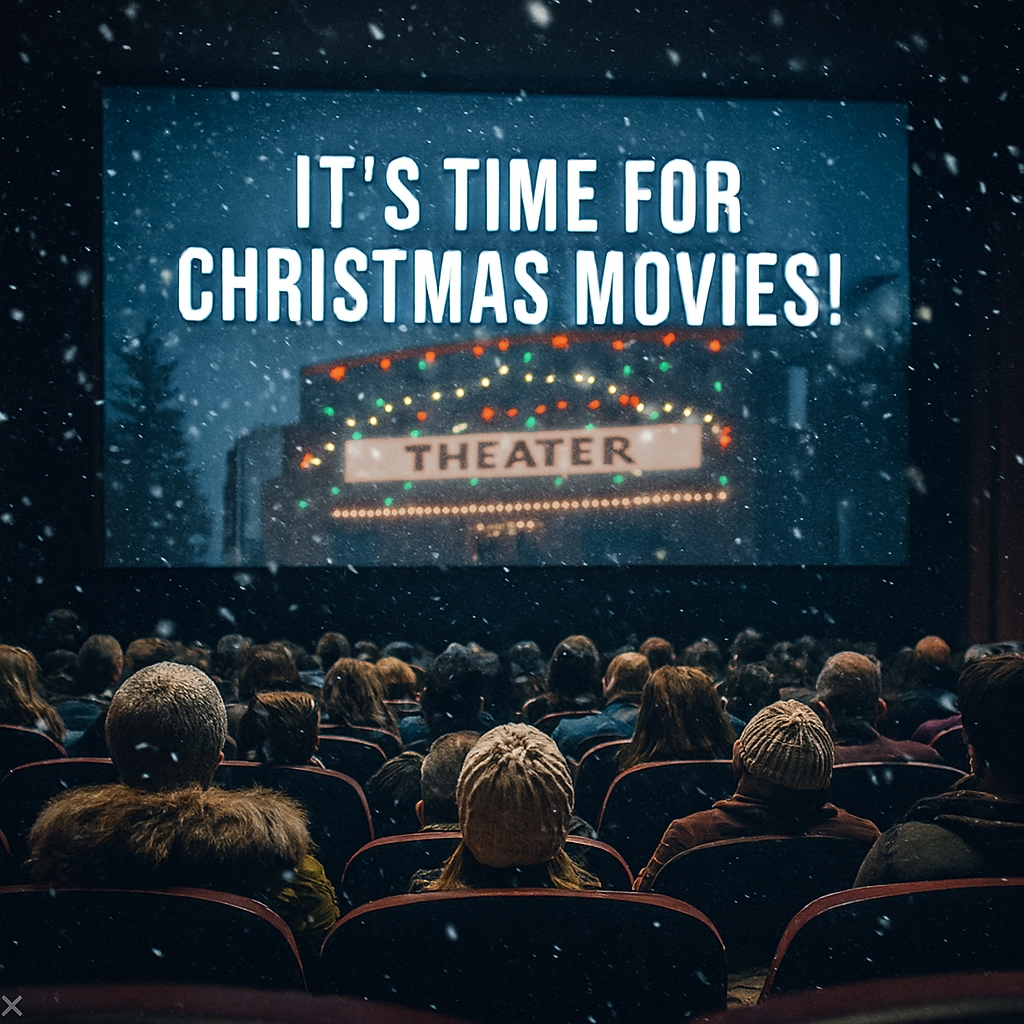
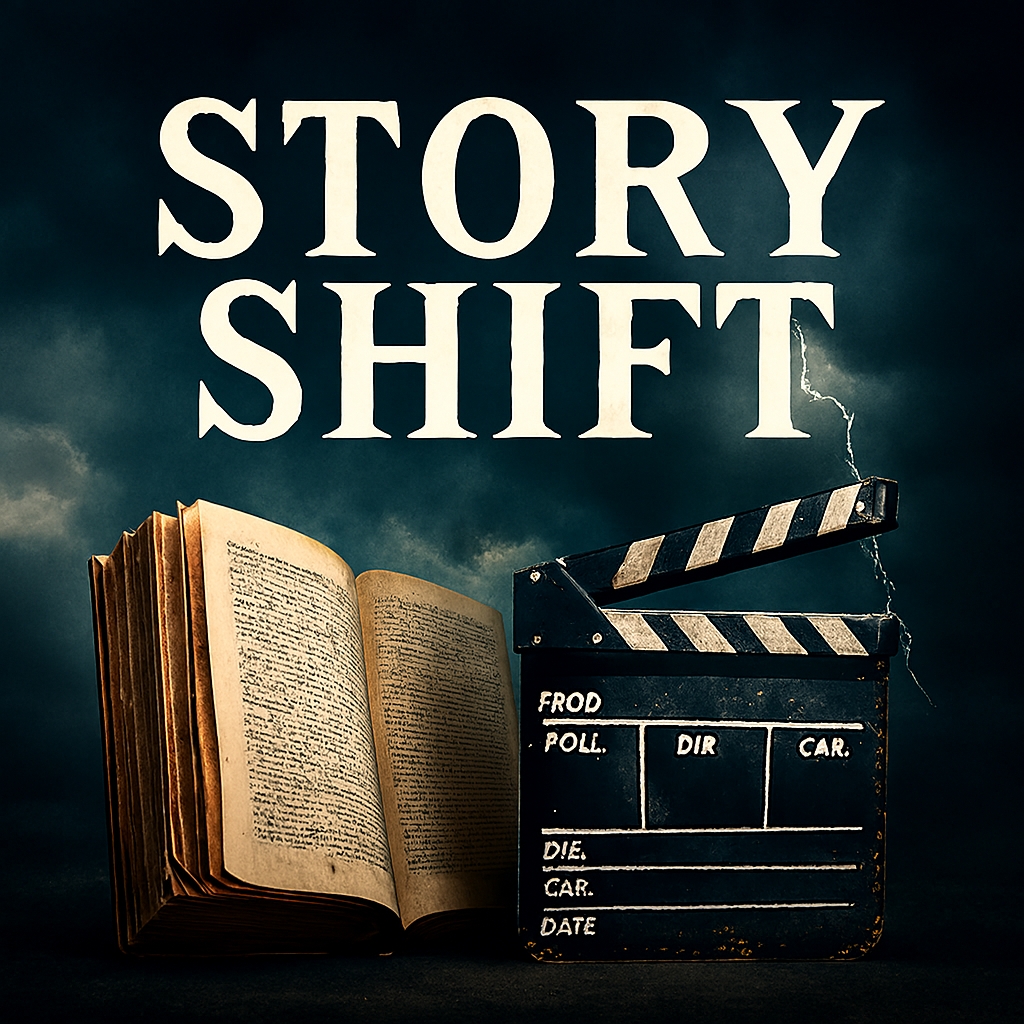

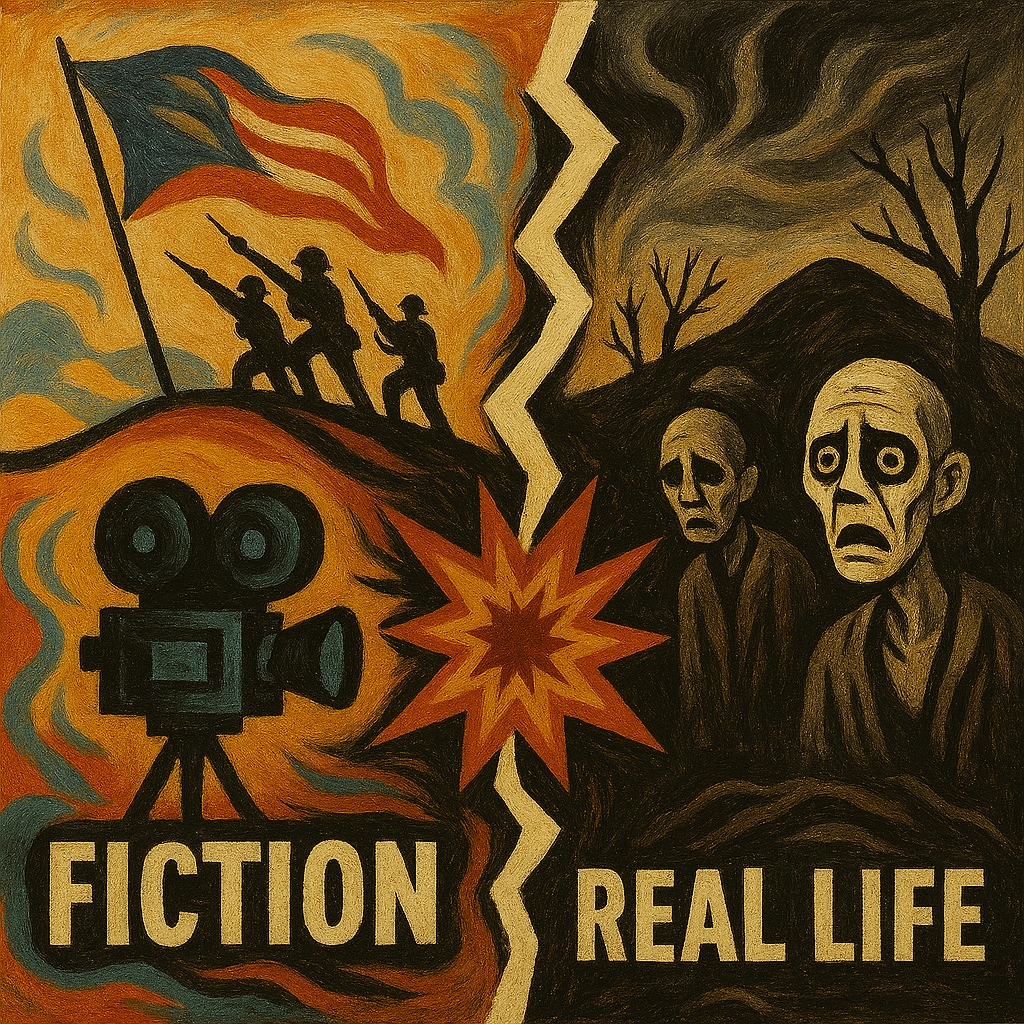
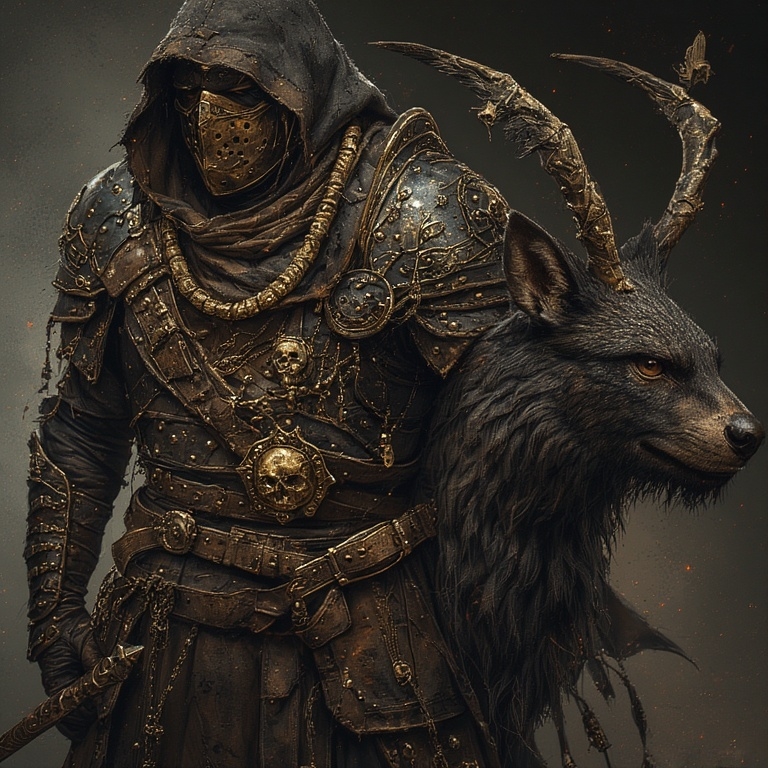
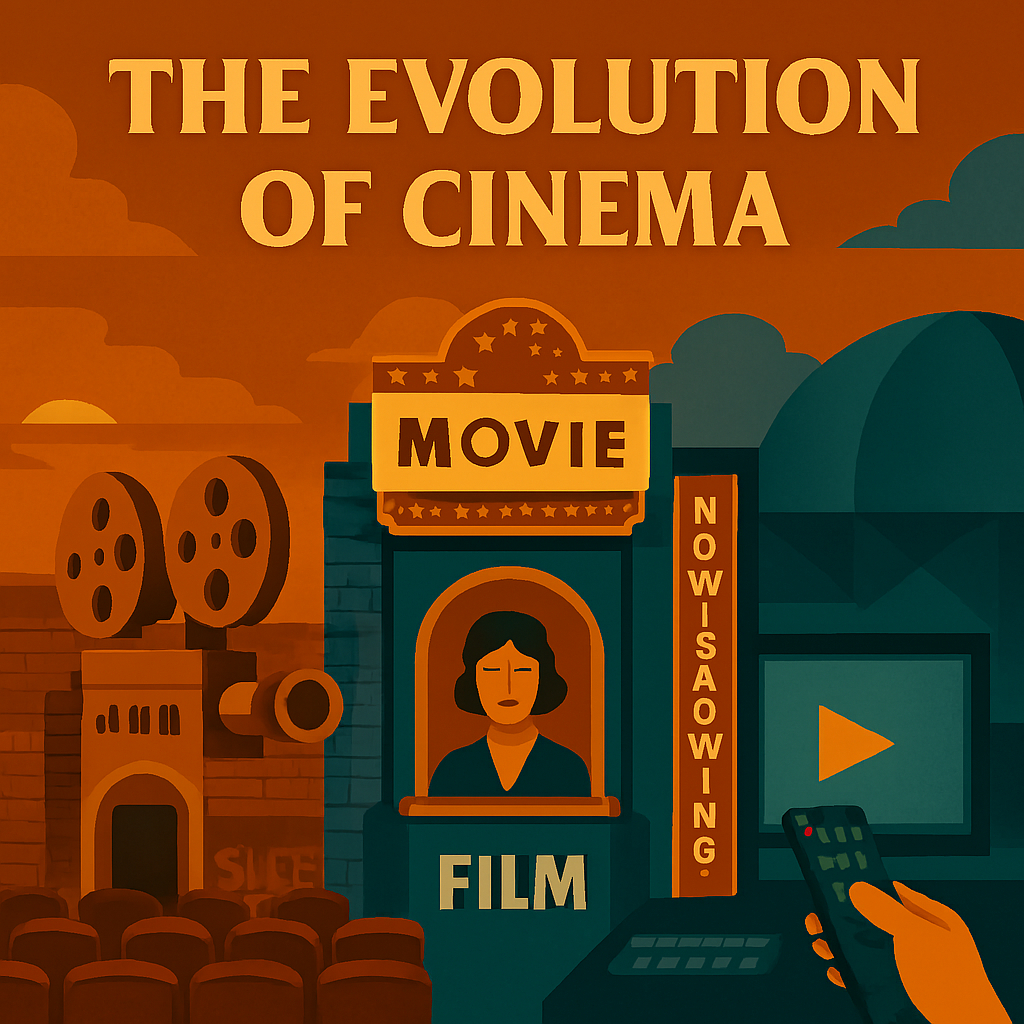
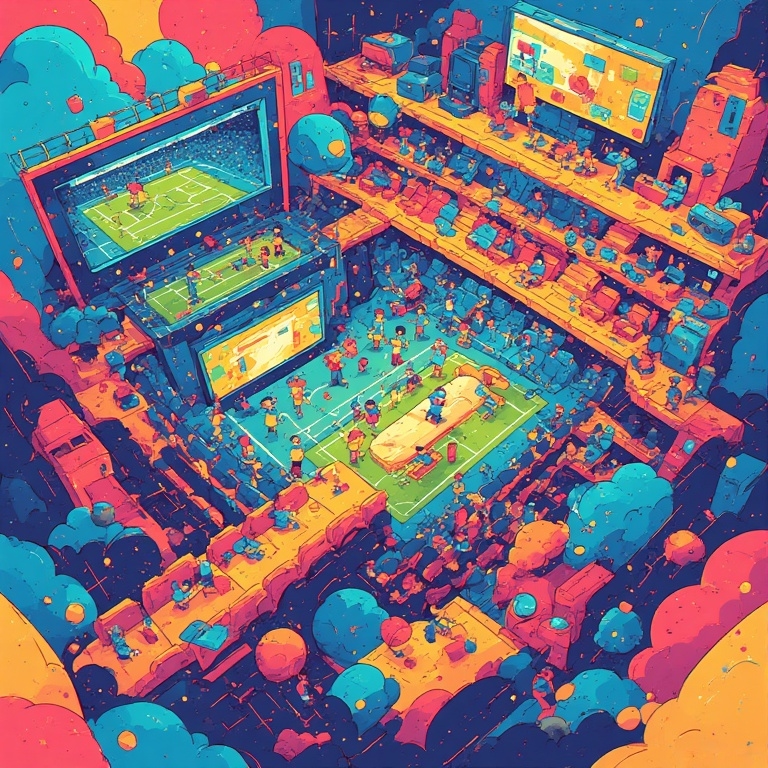
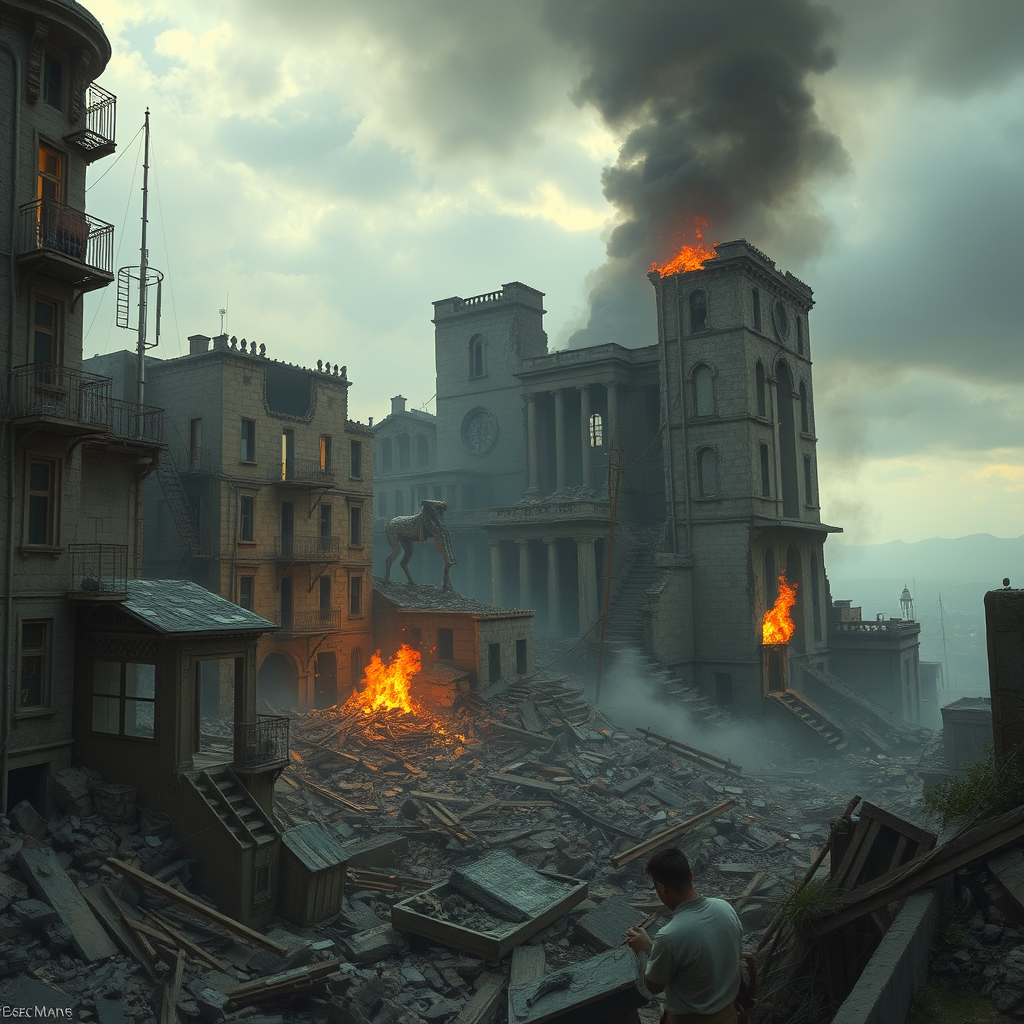

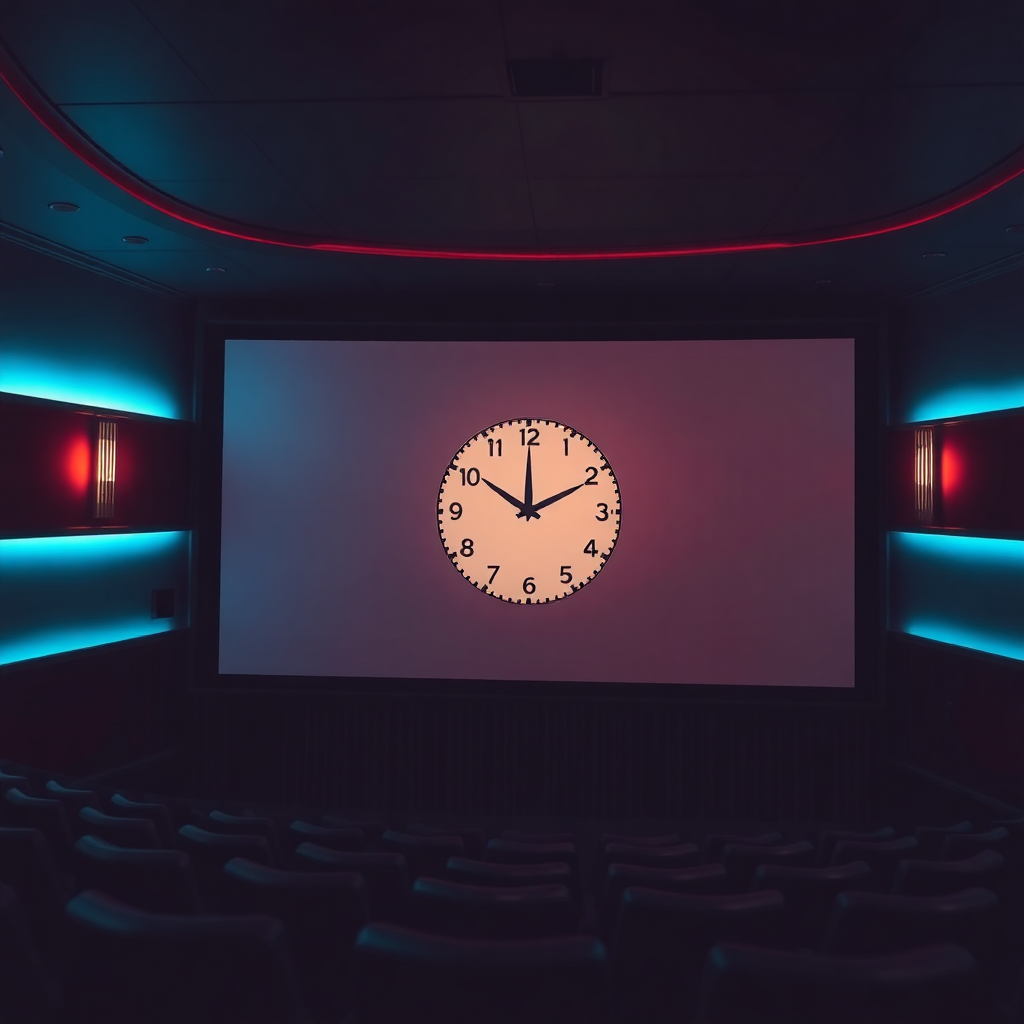
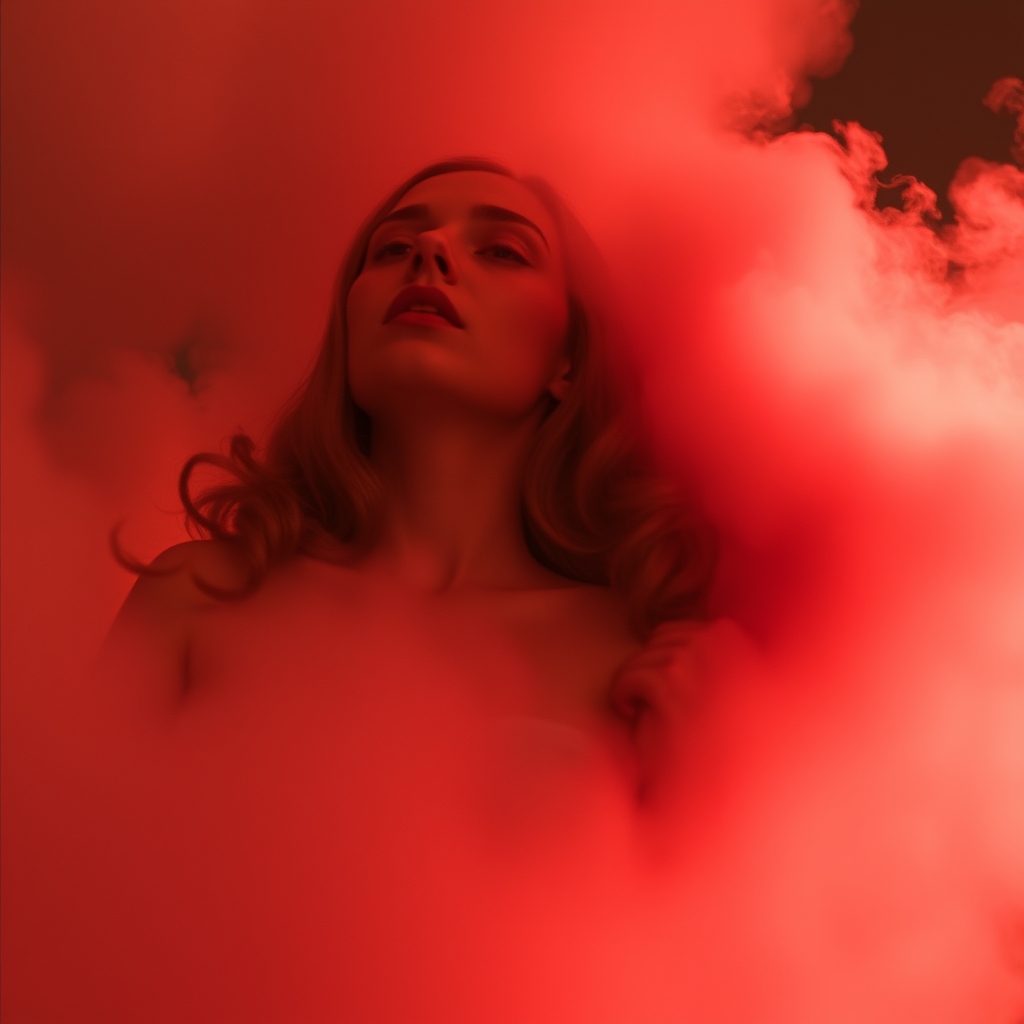
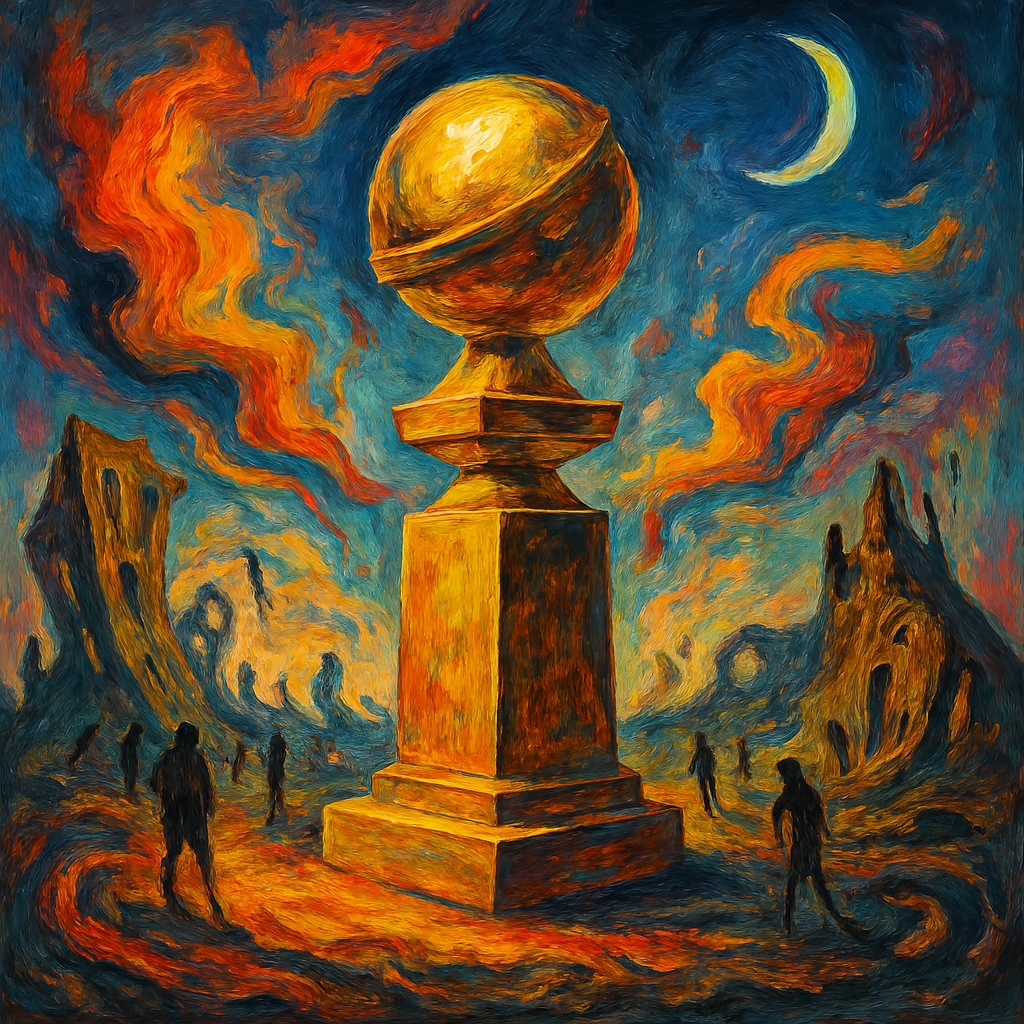
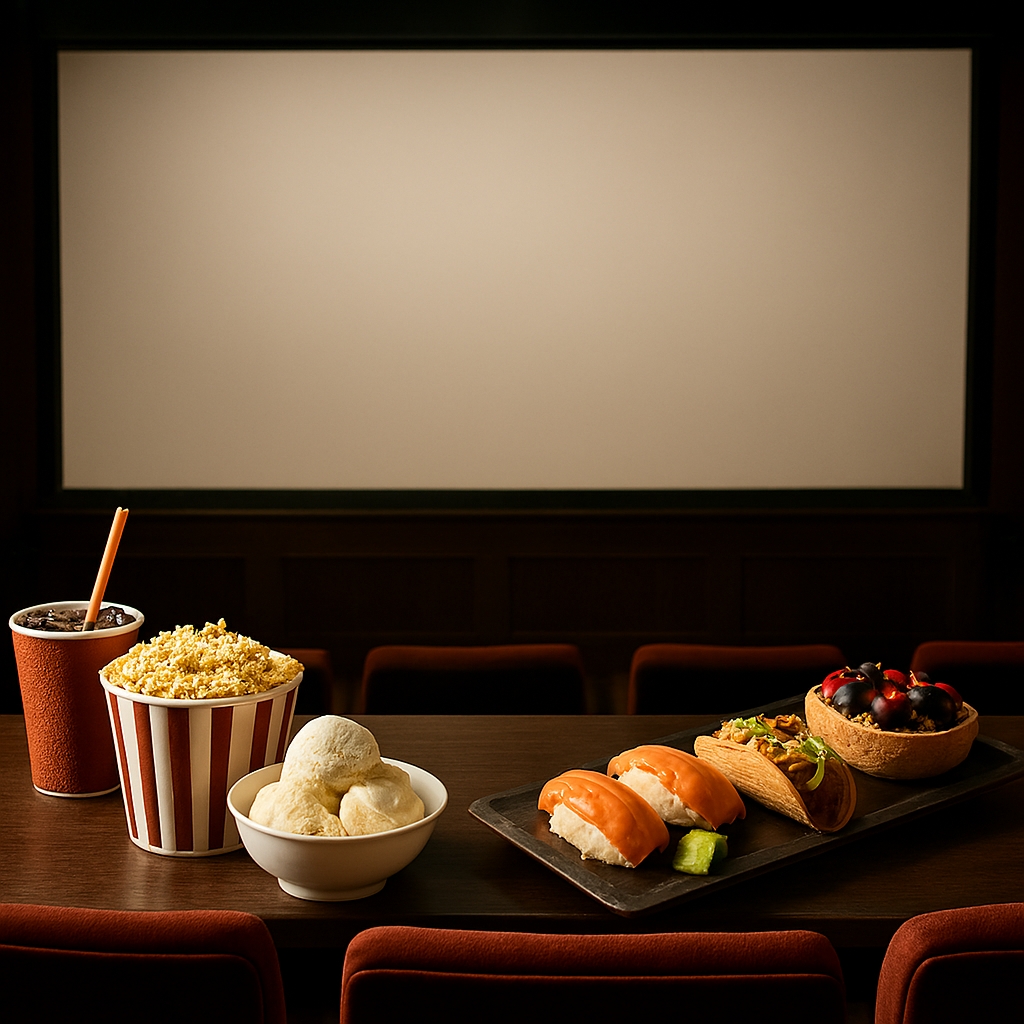
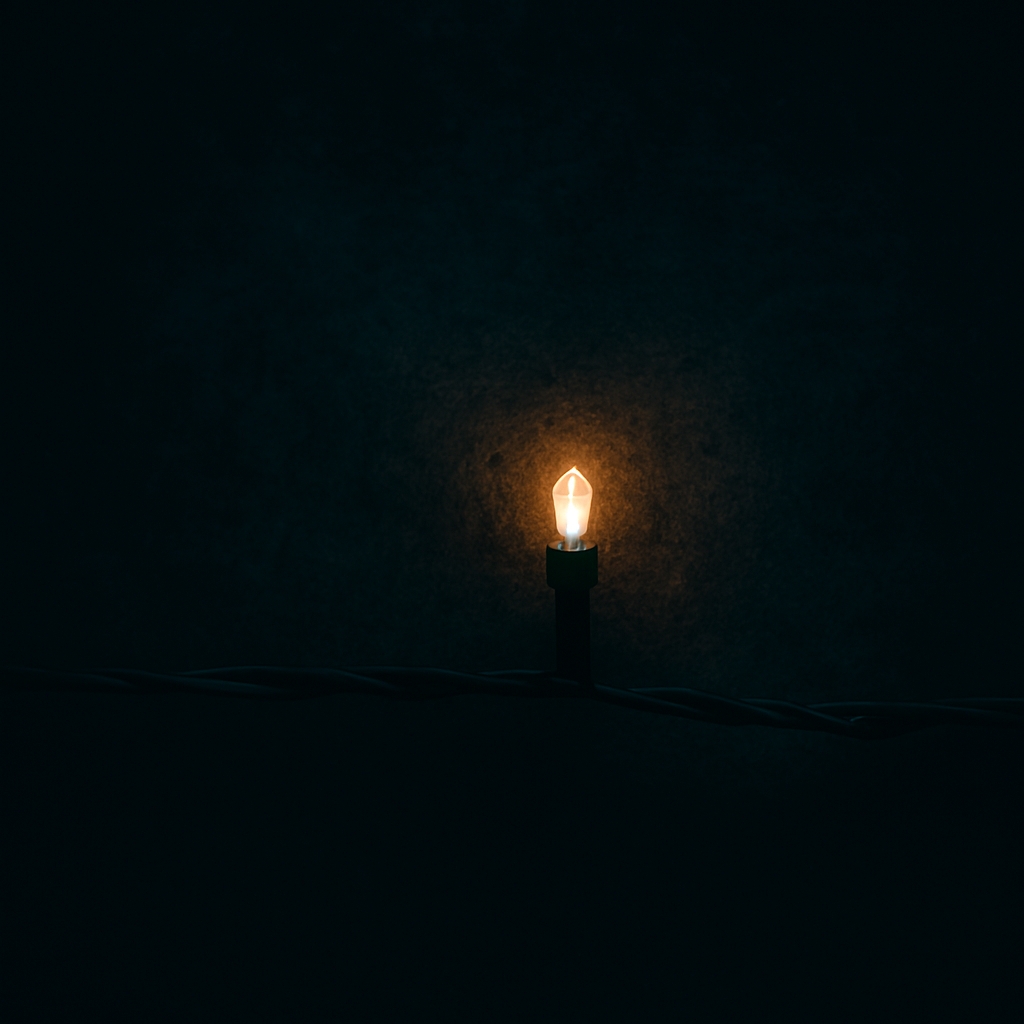
Leave a Reply